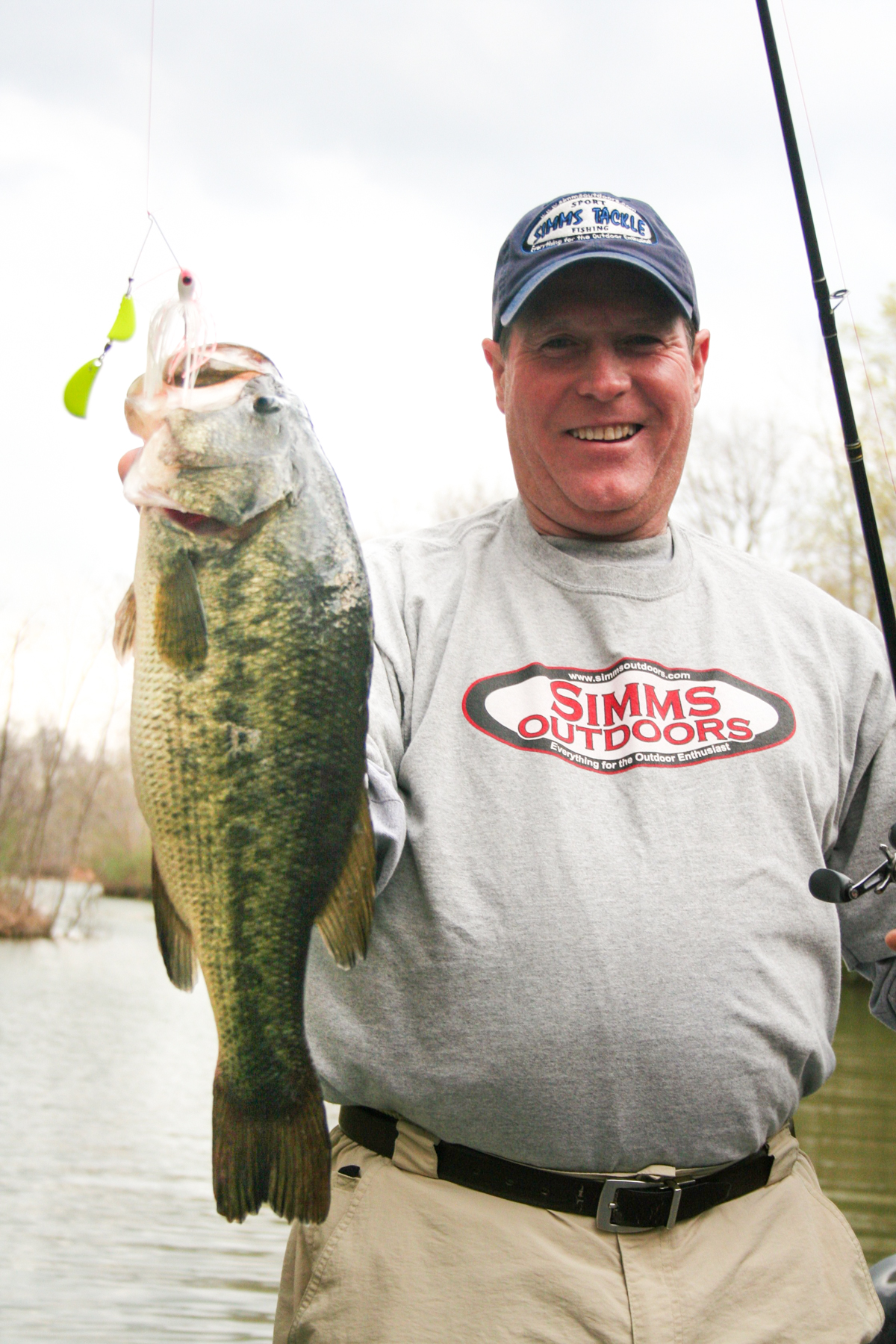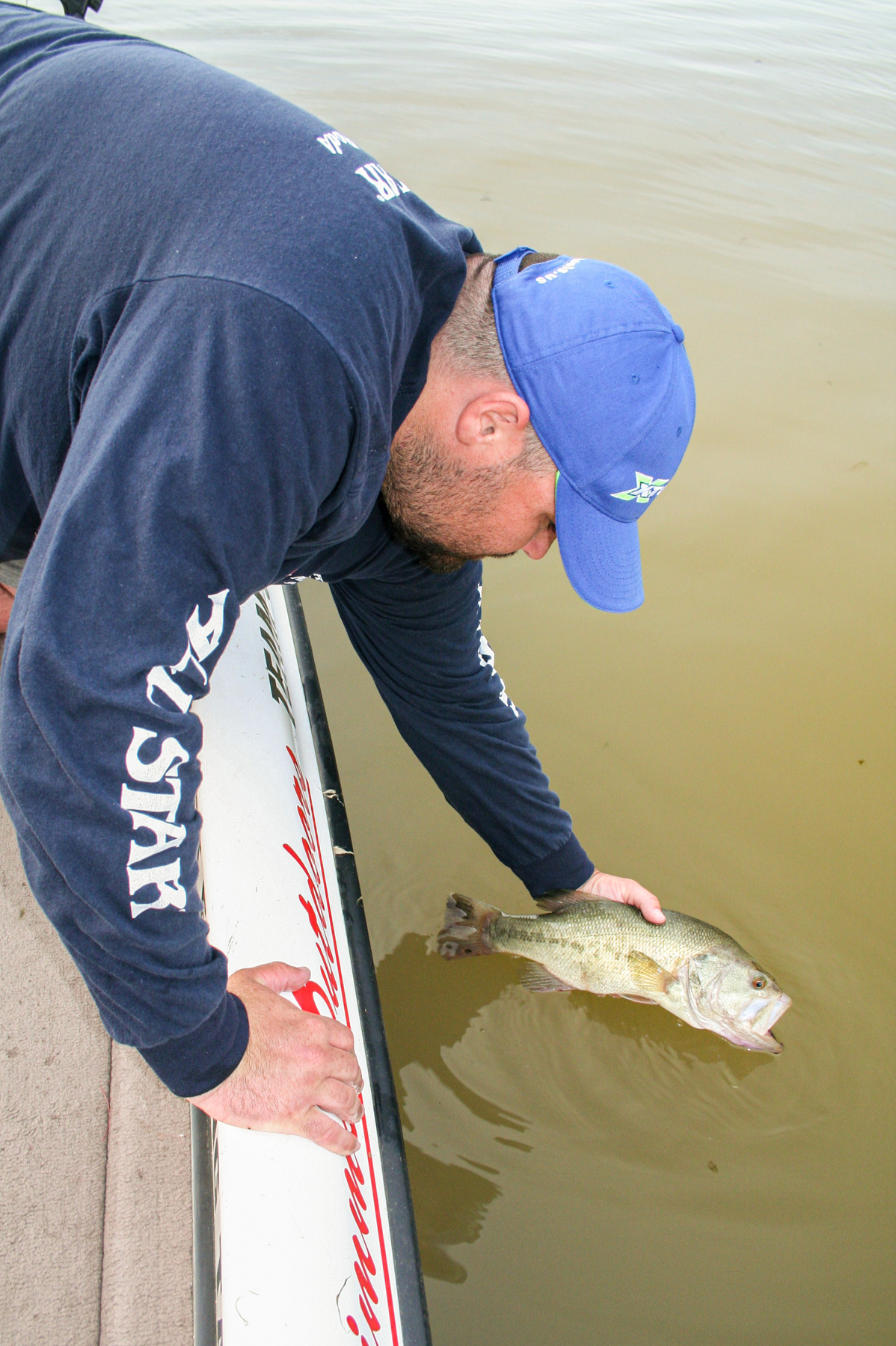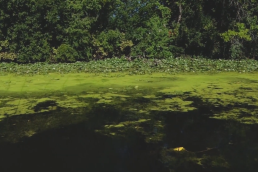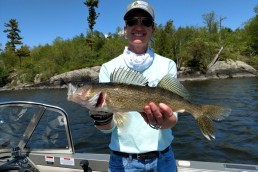Set the Shallows on Fire
SHARE THIS POST
With increasing fishing pressure on most public waters, anglers must be even more versatile than ever. Bass have likely seen it all—but pulling lesser-used tricks out of our hats when seasons and conditions dictate can give us an edge over the crowds. And up our chances for catching numbers of fish and putting those elusive tanks in the boat.
Pick it up
Speed is a powerful trigger for top-of-the-line predators like bass. While a fast-moving lure can take fish in deep water, it’s tough to fish in the depths with speed, at least with most presentations. Speed draws most lures—like spinnerbaits, swimbaits and jigs—up into the shallows; or causes lures like deep-diving crankbaits to veer off to one side instead of maintaining maximum running depths. Fast and deep don’t go well together. Fast and shallow, on the other hand, are made for each other, and spring is a great time to find lots of big active bass in skinny water.
Location factors
Depending on the type of water fished, some bass may remain shallow all year ‘round. But at least some are likely to spend significant time in the depths during portions of the year—especially in summer and winter. Shad and other baitfish species migrate shallow in fall, drawing most predators in to feed on them and the same is true in spring. But spring also meaning spawning—another powerful factor that brings all of a lake’s big bass into the shallows. With so much activity in shallow waters, spring is the perfect time to try using speed to catch more and bigger bass.

Chasing shallow bass
Covering lots of water can be a great way to connect with numbers of high-quality fish of many different species, black bass included. As effective predators, largemouth, smallmouth and spotted bass all readily hammer fast-moving lures. When bass are in an active feeding mood, chasing down prey is commonplace.
However, neutral and even negative bass can often be tempted to strike a fast-moving offering, and many times, even when they won’t take something fished slowly. Why, you might ask? It doesn’t seem all that logical after all.
Are you enjoying this post?
You can be among the first to get the latest info on where to go, what to use and how to use it!
The truth of the matter is that bass, like all predators, have well-honed instincts that guide much of their actions. A quick-moving lure scurrying by can often trip the trigger of a fish that wouldn’t normally eat; almost forcing them into it, as their brain is programmed to chase and kill something that is trying to get away, just like a cat after a mouse, or a lion after a zebra.
Two of the very best lures for burning up the water for springtime bass are spinnerbaits and lipless crankbaits. Both lures mimic baitfish well and can be fished at warp speeds. Lipless cranks can be fished much faster than lipped crankbaits because of a tight wiggle and lack of water resistance that pushes against the lip of a standard crank.
Spinnerbaits with narrower blades, such as willow leafs or hatchets, can be pulled faster than those with round blades like Colorados or Indianas. Swim jigs are another type of lure that’s good for high-speed spring bassin’.
Swimming style jigs, especially with heavier heads paired with paddle tail shads and similar plastics, can be moved quickly through the shallows for bass. Vibrating blade baits can also be burned quickly at this time of year with good success.
Tackle and equipment
Heavy bait casting gear is preferred for this type of fishing, since the biggest bass are shallow and using a high-speed approach means savage strikes. It also helps to drag big bass out of thick, heavy cover. Stout and durable graphite bait casting rods in medium-heavy or heavy power ratings, with fast- or extra-fast-action tips, are preferred. Match these with a good quality, low-profile baitcasting reel with a smooth drag system; choose a high-speed, wide-spool model, usually with at least a 6:1 gear ratio or faster. In recent years, our team has been using reels with a 7:1 ratio or higher with great success. These really allow you to burn up the shallows for big bass and cover a tremendous amount of water in a hurry.
Fill the reel spool to capacity with a tough, abrasion-resistant monofilament or fluorocarbon line testing around 17 to 20 pounds, or opt for a thin-diameter, no-stretch super braid from about 40- to 50-pound test. Spinnerbaits and jigs usually come with strong, heavy hooks, but it can be a good idea to replace stock hooks and split rings with slightly heavier ones on lipless crankbaits and bladebaits. Use heavier snaps than usual to handle the jolt of a big bass hammering a lure moving at warp speeds.

Get out there
The willingness to utilize a wide variety of fishing techniques helps us to grow as anglers and allows us the chance to get one step closer to mastering the sport that we all cherish. So, grab the rods, hook up the boat, and hit the water. When we separate ourselves from all the false connections of this overly civilized and often absurd modern world, problems can be forgotten, and stresses melted away. The time we spend in the real world, the natural world, with the wild creatures we long to know more intimately, clears the mind and strengthens the heart. It is literal restoration of the soul.
MWO
SHARE THIS POST
Did you enjoy this post?
You can be among the first to get the latest info on where to go, what to use and how to use it!
Colby Simms
Colby Simms is a professional fisherman, media personality, guide and owner of Colby Simms Outdoors Group. He runs a guide service booking guided fishing and hunting trips, and sells tackle. Contact him at colbysimmsoutdoors@hotmail.com, Facebook @ColbySimmsOutdoors and @ColbySimmsSportFishingPro, or 618-521-0526 or 573-358-5948.



